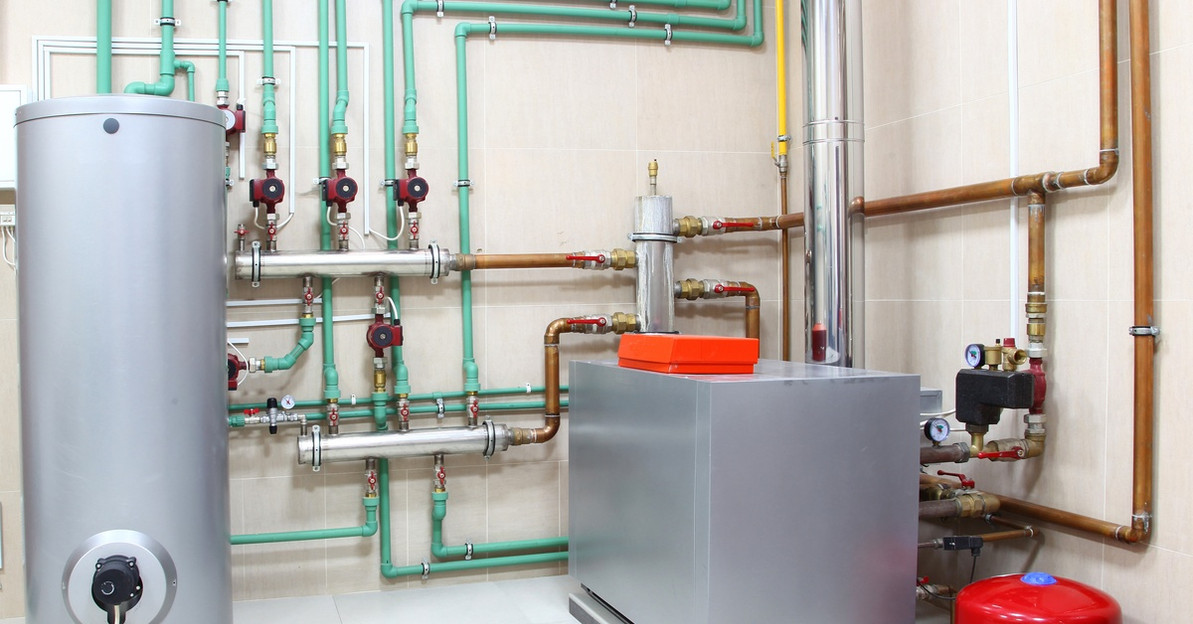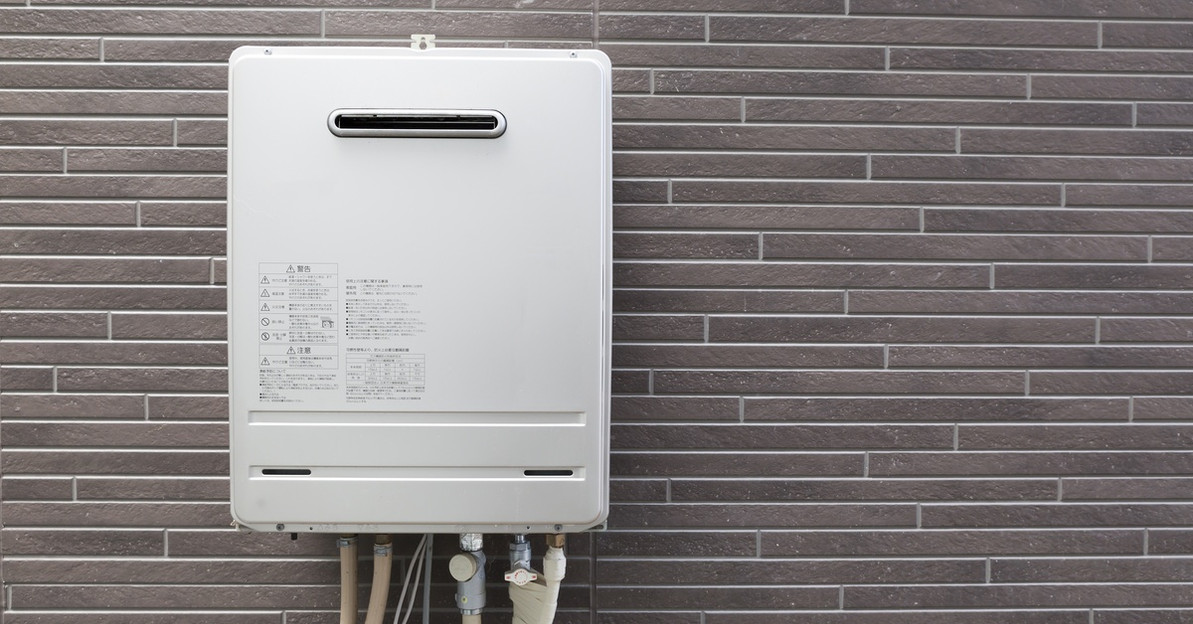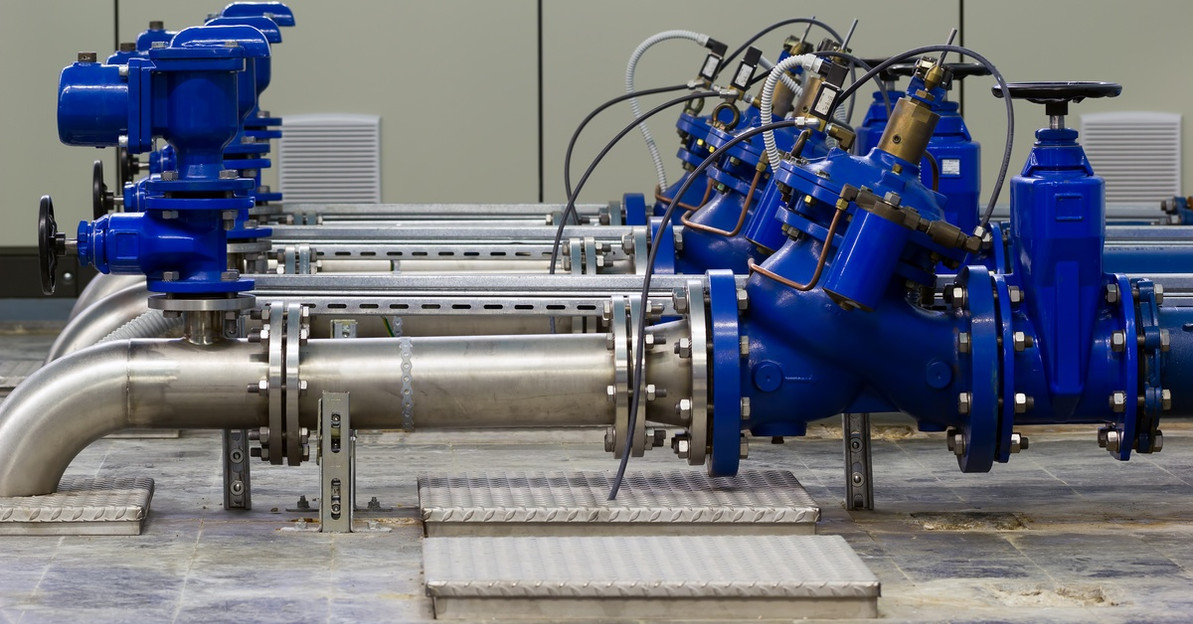How To Avoid Sediment Buildup in Commercial Water Heaters
Every commercial property, from a busy hotel to a bustling restaurant, relies on a steady supply of hot water. When that supply falters, operations can grind to a halt. One of the most common culprits behind water heater inefficiency and failure is sediment buildup. This accumulation of minerals can reduce performance, increase energy costs, and shorten the lifespan of your equipment. Let’s explore how to avoid sediment buildup in commercial water heaters, so you can protect your investment and maintain business continuity.
Understanding Sediment and Its Effects
Sediment is primarily composed of minerals like calcium and magnesium that are naturally present in water. When the water heats up, these minerals separate and settle at the bottom of the tank. Over time, they form a hard, crusty layer that blankets the heating elements and the tank floor. This is especially true in areas with "hard" water, which has a higher concentration of these dissolved minerals.
This layer of sediment acts as an insulator, making it difficult for the heater to warm up your water. The unit must first heat the sediment layer before it can transfer that heat to the water above it. This extra work leads to longer heating cycles, which directly translates to higher utility bills. It's a silent drain on your operational budget that only gets worse over time.
Beyond the financial cost, sediment buildup puts physical stress on the water heater. The prolonged heating cycles can cause the tank's metal to become brittle, which creates weak spots. You might hear popping or rumbling sounds from the unit as water below the sediment begins to boil. These are clear signs of a system under strain, and they can precede leaks or even a complete tank failure.
The Foundation: Regular Flushing
The most direct and effective method to combat sediment is to perform regular tank flushes. This maintenance task involves draining the water heater to remove the loose sediment before it can harden into a solid mass. For a commercial setting, this procedure should happen more frequently than in a residential one, typically every three to six months, depending on your water quality and usage.
To flush the tank, you'll first turn off the power or gas supply to the unit. Then, you connect a hose to the drain valve at the bottom of the tank and run it to a floor drain. After you open the drain valve and a nearby hot water faucet to let air into the system, water and sediment will begin to flow out. You'll likely see cloudy or discolored water at first, which is a sign that the flush is working.
Continue to drain the tank until the water runs clear. Once the process is complete, you can close the drain valve, disconnect the hose, and refill the tank before you restore power. This simple habit can dramatically extend the life of your water heater.
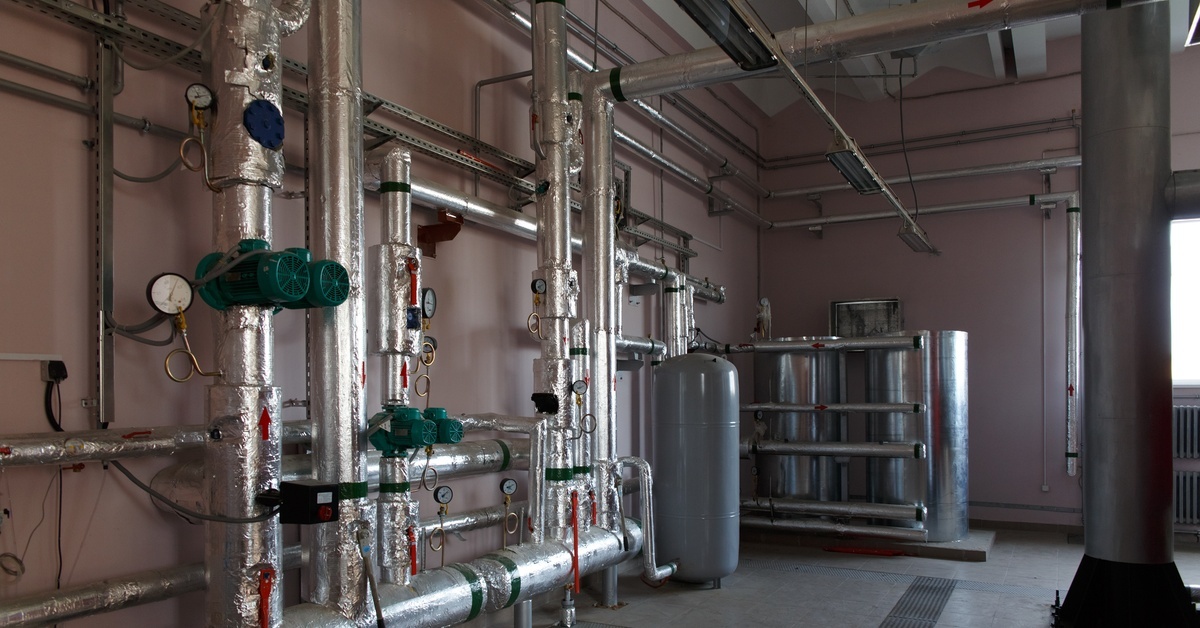
Improving Water Quality with Softeners
If your facility is in an area with hard water, flushing alone might not be enough to control sediment. A more proactive solution is to treat the water before it even enters the heater. A commercial water softener is an excellent investment that removes the hardness minerals, calcium and magnesium, through a process called ion exchange.
A water softener works by passing the incoming water through a resin bed. This resin is charged with sodium ions, which it exchanges for the calcium and magnesium ions in the water. The result is "soft" water that is far less likely to produce scale and sediment when it heats up. This protects not just your water heater but all water-using appliances and plumbing fixtures in your facility.
Installing a commercial-grade water softener addresses the root cause of sediment buildup. It reduces the need for frequent and aggressive tank flushing. The upfront cost of the system is offset over time by lower energy bills, reduced maintenance labor, and a longer lifespan for your expensive water heating equipment. It's a strategic move for any business that deals with hard water issues.
Temperature Management Strategies
You can seek out commercial water heaters online right now, but you need more than a good heater; you need to make sure the heater is at the right settings. The temperature at which you keep your water heater can also influence the rate of sediment formation. Higher temperatures accelerate the process that causes minerals to fall out of the solution and settle in the tank. While commercial applications often require high temperatures for sanitation, there is a balance to strike.
The ideal setting for commercial water heaters is a temperature around 140°F (60°C). This temperature is hot enough to kill most harmful bacteria, yet it's not so high that it excessively speeds up mineral precipitation. For specific applications that need hotter water, such as commercial dishwashers, you can use a separate booster heater at the point of use instead of overheating your entire water supply.
This approach of maintaining a moderate central temperature and using booster heaters where necessary is a smart energy management strategy. It minimizes sediment accumulation in your primary water heater while still meeting the specific needs of your operation. Check your heater’s thermostat settings regularly to make sure they haven't been altered.
Upgrading Your Equipment
When it's time to replace an old water heater, consider upgrading to a model designed to resist sediment buildup. Many modern commercial water heaters come with features specifically for this purpose. For instance, some tank-style heaters have a self-cleaning mechanism that creates a vortex to stir the water and keep sediment suspended, so it can be more easily flushed out.
Another excellent option is a tankless water heater. These units heat water on demand as it flows through the system, which eliminates the need for a large storage tank. Since there's no tank where water sits and heats for extended periods, there's no place for sediment to collect. While tankless systems still require periodic descaling, the process is different and often simpler than flushing a traditional tank.
Investing in advanced equipment can provide long-term relief from sediment problems. A tankless system, for example, not only prevents buildup but also offers superior energy efficiency, which provides continuous savings. Evaluate the latest technology to see what makes the most sense for your facility's needs and budget.
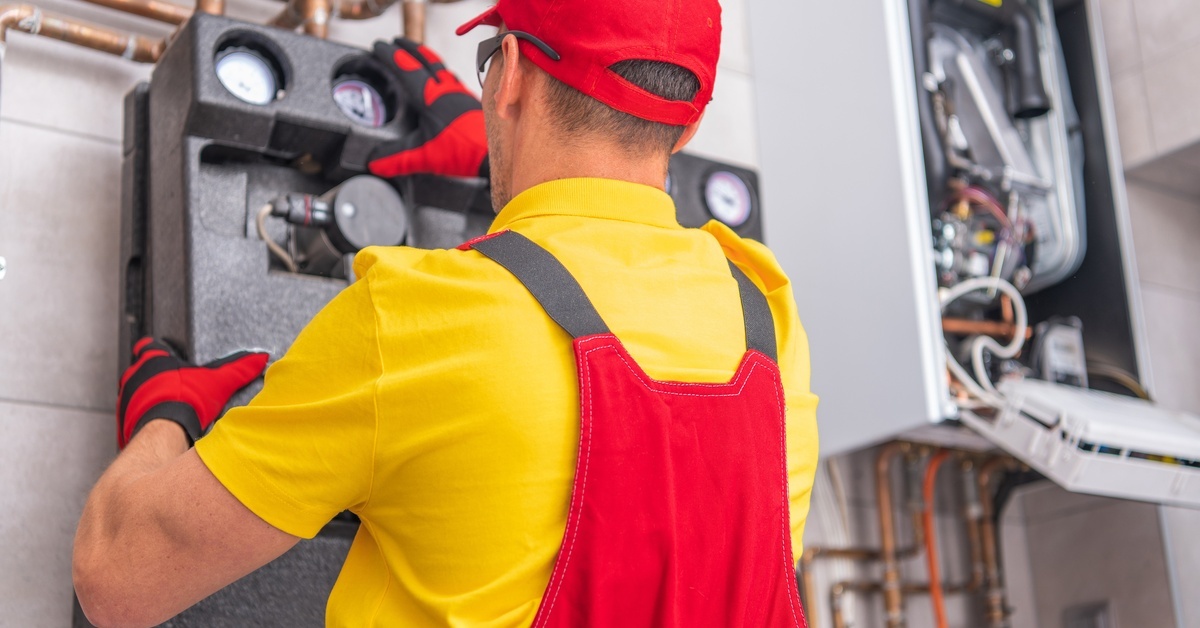
Proactive Care Protects Your Assets
Consistent hot water is a must-have for most businesses. Sediment buildup is a persistent threat to this service, but it's a manageable one. A combination of routine maintenance, water treatment, and smart equipment choices can keep your system running efficiently for years. The best approach is a proactive one that stops problems before they start.
Now that you know these guidelines, implement better ways to avoid sediment buildup in commercial water heaters. Regular flushing, installing a water softener, managing temperatures, and considering modern equipment are all practical steps. They will help you reduce energy costs, prevent unexpected breakdowns, and protect the valuable assets that keep your business thriving.
Recent Posts
-
A Guide to Implementing Indirect Water Heating With Boilers
Choosing the right water heating method for your home or business significantly impacts energy effic …Dec 9th 2025 -
How Tankless Water Heaters Can Benefit Commercial Kitchens
A commercial kitchen operates at a fast pace and maintains very high performance standards. Every pi …Dec 3rd 2025 -
Noise Reduction Strategies for Urban Booster Pump Installs
In densely populated urban areas, every sound matters. The constant hum of traffic, construction, an …Dec 2nd 2025



